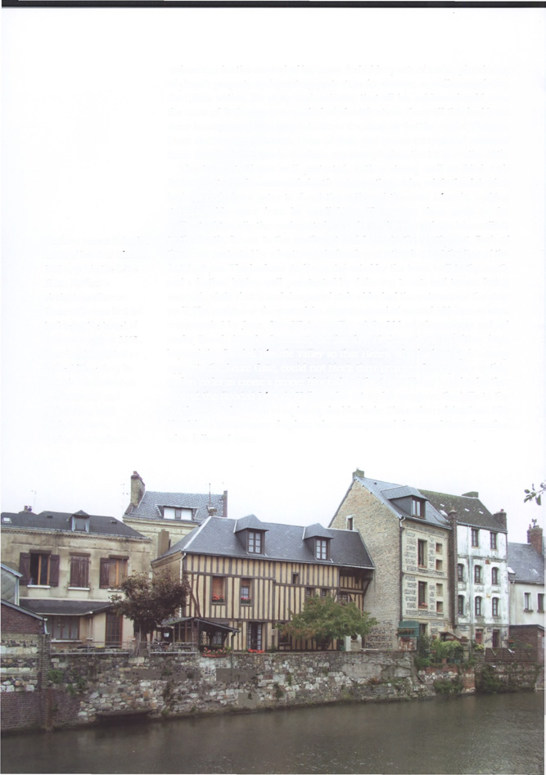Henry V: The Background, Strategies, Tactics and Battlefield Experiences of the Greatest Commanders of History Paperback (7 page)
Authors: Marcus Cowper
Tags: #Military History - Medieval

to do with the fact that Henry was short of funds, and archers were cheaper
to hire than men-at-arms. Although Henry's chancellor, Henry Beaufort,
had announced his intentions in the parliament of December 1414 and
asked for (and been granted) a double subsidy, only half of this was due in
February 1415 with the other half in February 1416. The king therefore made
up the shortfall through loans from the city of London and numerous other
sources, giving his personal jewels as security.
In all, the army assembled at Southampton consisted of some 12,000 men,
out of which perhaps 3,000 would have been men-at-arms. On top of this
there would have been numerous non-combatants accompanying the army


as servants, miners, carpenters and other support roles. Leading this host
were the peers of England. Although their feudal obligations had drifted away
over time, it is clear that Henry felt he should be accompanied by the
aristocracy of England and, with the exception of some of the marcher lords
who were to guard the Scottish border and watch the Welsh, they responded,
with some 26 peers providing over 5,000 men for the campaign.
One final embassy from the French came over, meeting Henry just outside
Winchester on 1 July 1415. This last set of negotiations went the same way as
the others with some substantive discussions over the royal marriage, but the
territorial concessions that Henry required were not forthcoming and the
French went away empty handed. On 6 July Henry formally declared war on
Charles VI, having left his kingdom in the care of his middle brother, John,
Duke of Bedford, made his will, and dealt with an attempted aristocratic
coup
d'etat
(see pp.52-53). His armada set sail for France on Sunday 11 August with
Henry's
Trinite Royale
leading the way. Although three ships caught fire and
burnt to the water line, swans - one of Henry V's personal devices - were seen
swimming after the fleet as they passed the Isle of Wight - a good omen for
the operation to come.
The siege of Harfleur
Henry's destination was the Seine Estuary and, more specifically, the town of
Harfleur. This fortified port was described by the Burgundian chronicler
Enguerran Monstrelet as 'the key to the sea of all Normandy', and as such it
made an ideal target for Henry, controlling the traffic down the river Seine
giving access to Rouen some 65km (40 miles) up river, and Paris 130km
(80 miles) beyond that.
Henry's fleet arrived some 5km (3 miles) away from Harfleur on the
afternoon of 13 August and, having summoned a council aboard his
flagship, he gave orders that no one was to land before him on pain of
death. Henry went ashore early on the 14th and the disembarkation of the
English army took a further three days during which time Henry issued
Sailing for France
Henry V (1) stands on the after-castle of his ship issuing orders as the French coast
appears on the horizon. He has his leg armour and cuirass on, with a heraldic surcoat
over it, but is still to don his vambraces and his helm, which is being held by a liveried
squire on the far right (2). On the left are a herald (3) and Sir John Cornwall (4)
(c. 1364-1443), one of the most respected knights of the period. He was part of the first
scouting party landed by the English armada and later led the vanguard of the English
army from Harfleur to Agincourt before being replaced by the Duke of York. In front
of Henry an archer (5) bows his head and clasps his hat in front of him. He is dressed
for riding, with long boots and spurs, and armed with a falchion and buckler. Henry's
ship is the
Trinite Royale
, which at 540 tons was one of the largest ships in northern
Europe and the flagship of the fleet. The ship to the right bears a swan, one of Henry's
personal symbols, on its sail (6).




ordinances for the control of his army, forbidding acts of arson, plundering
of church property and granting protection for women, as well as regulating
discipline within his army and ordering that all his soldiers should wear
the cross of St George as a symbol of identification. Once all this had been
done he organized his army into three divisions or 'battles' under Thomas,
Duke of Clarence, Edmund, Duke of York, and Henry himself and marched
them the short distance to Harfleur, appearing before the town on the 18th.
The town itself was well protected, with a strong wall studded with
26 towers. It was also surrounded with water on three sides, while the defenders
had opened sluice gates to flood the valley of the river Lezarde, making
it impassable apart from by small boat. There were three gates in the
walls - traditionally the weak spots for any form of siege warfare - Montvilliers
Medieval houses lining the
to the north, Rouen to the south-east and Leure to the south-west. Each of
banks of the river Lezarde
these was protected by a bastion or bulwark projecting beyond the line of the
that runs into the Seine.
fortifications. The harbour itself was defended by the town wall to the north
It was Harfleur's
and a further, higher wall punctuated by defensive turrets and towers facing
strategic position on
seaward, while chains and sharpened stakes blocked the entrance on the river
these waterways that led
itself. The garrison at the start of the siege consisted of around 100 men-at-arms
to it being the target of
commanded by Jean, Sire d'Estouteville, while 300 reinforcements arrived
Henry's armada in 1415.
under Raoul, Sire de Gaucourt, on Sunday 19 August, approaching from
Once the Seine silted up
beyond the flooded Lezarde Valley so that Henry, who had set up his camp
in the 16th century its
opposite the Leure Gate, could not block their progress. In response to this,
importance diminished
and in order to create a proper blockade of the town, Henry sent his brother
and it was replaced
around the flooded Lezarde Valley, who set up his camp on the hills to the
by the newly built
north-east of the town, completing the blockade. The author of the
Gesta Vita
port of Le Havre.
Henrici,
an anonymous chaplain who accompanied the expedition, describes
(Author's collection)
what followed next:
•m Pmi^m' 4
B i a r
m
-


